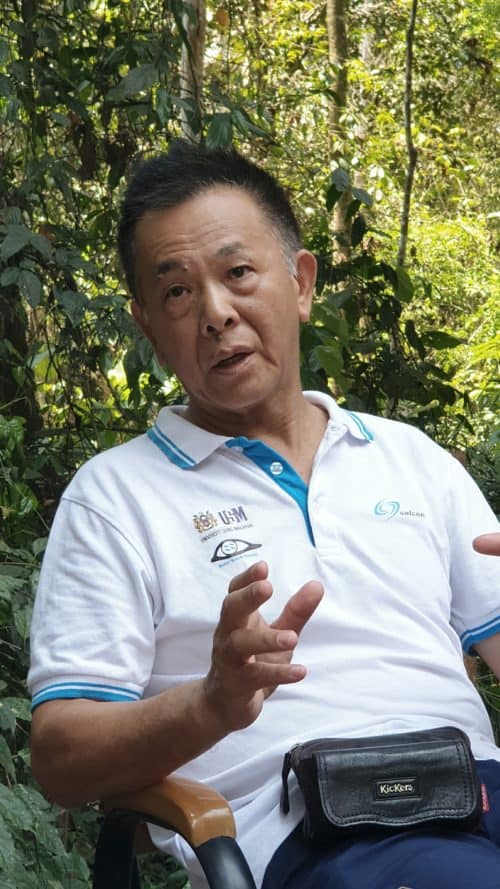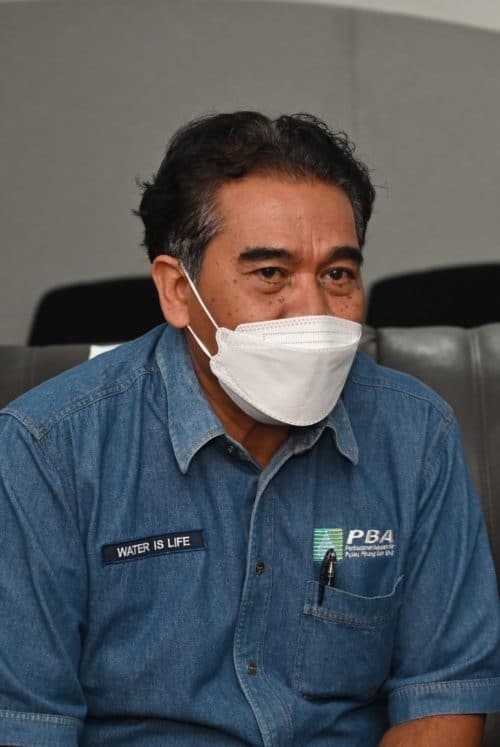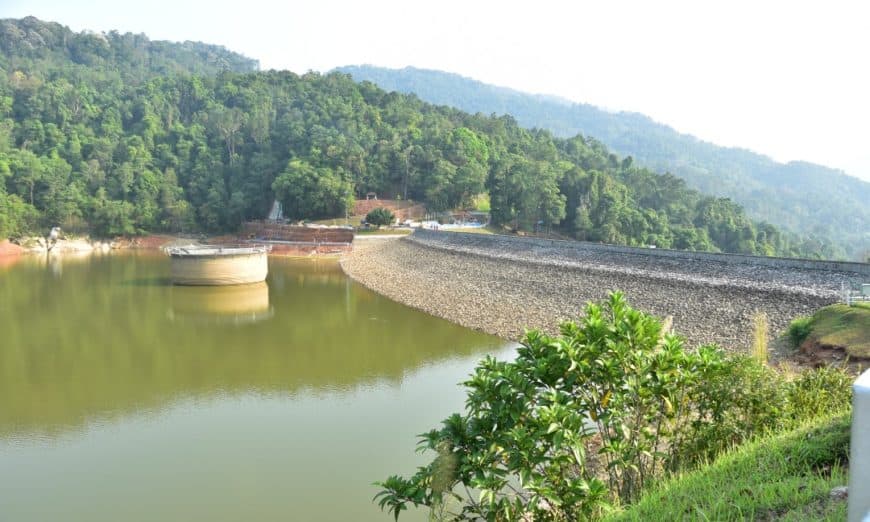A WATER expert has described the proposal by certain quarters to expand the Air Itam Dam in Penang as not practical and dangerous.
Water Watch Penang president Prof Dr Chan Ngai Weng said any expansion to the dam will not solve Penang’s water problems.
Prof Chan said he concurred with Datuk Jaseni Maidinsa, the chief executive officer of PBA Holdings and Perbadanan Bekalan Air Pulau Pinang Sdn Bhd (PBAPP), that a bigger dam with the same water catchment area cannot reduce water risks.

He gave three reasons.
“Firstly, expanding the Air Itam Dam to cater to increasing water demand will not lower the risk of facing water dearth. This is because the dam supplies only less than 10% of Penang’s water supply. Even if we increase its capacity to 100% (i.e. double its size), the maximum capacity of the dam will only cater to 20% of Penang’s water needs.
“Secondly, increasing the size of the dam is useless if there is not enough/adequate rains falling in it. Climate change is affecting our climate and making rainfalls less predictable. The state is expected to face water shortages in the near future.
“Thirdly, the dam is 60-years-old, and located on a hill with densely populated Air Itam town below. Any mishap would be disastrous. Logically, it is not safe to expand the dam,” Prof Chan, a professor in Water Resources Management in Universiti Sains Malaysia, explained.
Jaseni, in a recent statement, said to ensure that Air Itam and the state of Penang have enough water supply until 2030, PBAPP is implementing its Raw Water Contingency Plan 2030 (RWCP 2030).
The RWCP 2030 encompasses the following five key projects coming online between 2022 and 2028. These projects include upgrading the Sungai Dua Water Treatment Plant (WTP), Sungai Muda WTP, Mengkuang Dam and Sungai Perai water supply scheme.

Jaseni also added that beyond 2030, PBAPP’s Penang Water Supply Initiative 2050 (PWSI 2050) recommends the deployment of desalination plants at strategic areas to ensure water supply sufficiency until 2050. However, this depends on the final outcome of the Sungai Perak Raw Water Transfer Scheme (SPRWTS) proposal which is subject to implementation by the Federal Government.
Prof Chan said the RWCP 2030 appears achievable within the given time frame.
He continued: “I am confident that these five projects under RWCP 2030 will be able to supply adequate water to Penang in the near future.
“However, for the long-term future, in order to secure water resources without having to depend on anyone or any states, my opinion is that desalination is the most logical way forward.
“Currently, improvements and acceptance of desalination technologies have resulted in a lowered cost to build and treat water in desalination plants.
“Since the 1960s, the cost for Multi-Stage Flash Distillation (MSF) to desalinate water has decreased approximately by a factor of 10, with approximate unit cost of USD10.00/m3 in the 1960s to less than USD1.00/m3 in 2010.
“In recent years, the cost of MSF has also continued to decrease, making it more affordable.
“Desalination appears feasible to do since the state is surrounded by seas and exercises control of the Perai River.
“Based on the PWSI 2050, the state government has already put in place the Penang Desalination Water Supply Scheme (PDWSS) with a potential yield of 250 MLD. This desalination project is scheduled for commissioning in December 2024, with subsequent phases to be implemented until 2050.”
Asked whether there are other options for Penang, he said increasing water supply solves only one side of the problem.
Penang, he said, needs to address water demands, i.e. via water demand management.
He said many countries have successfully mobilised their water consumers in support of government initiatives to save water and Singapore is one of them.
“Currently Penangites use the highest per capita daily water use of more than 300 litres. This is because water tariffs in Penang is the lowest in the country.
“However, calling on domestic consumers to reduce their water consumption will only solve part of the problem, as 40% of water use comes from trade / business consumers. Trade consumers must also do their part.
“Water tariffs clearly need to be revised in order to curtail water usage and encourage water saving.
“In recent years and as part of its management strategy to reduce water demand, the Penang government has made mandatory the installation of water-saving devices in all new developments in the state.
“Water Saving Devices (WSDs) “automatically” reduce water consumption (the rate of reduction depends on the WSDs, but this is usually between 10%-88%) without having to change consumers’ behaviour.
“But the initiative will be more of a success if large water consumers such as apartments, hotels, factories, colleges, schools, etc. are also mobilised in this endeavour,” Prof Chan said.

